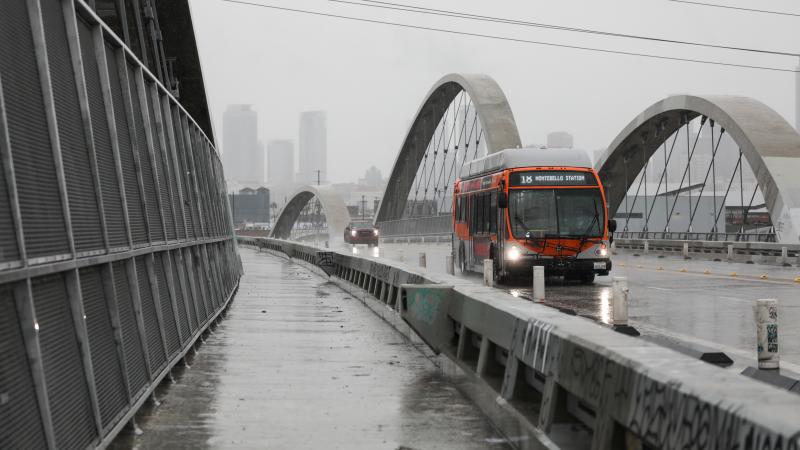Meteorologist disputes media narrative that climate change made DC's cherry blossoms bloom early
The urban heat island effect causes temperatures in cities to be much higher than the rural areas. Temperature stations outside the D.C. metro area show no increase in temperatures since 1921.
The National Park Service announced last Sunday that the cherry blossoms that ring the Tidal Basin in Washington, D.C. reached their peak bloom.
Multiple media reports note that the bloom came early this year, and blamed it solely on climate change.
While temperatures are rising, meteorologist Ryan Maue, in a post on X, said that an alternative theory, namely the urban heat island effect, is “quite significant,” and can impact flowering times a week or more in urban areas compared to rural areas.
“Land use change and urbanization has probably contributed to most of the change in peak blossom timing over the past century,” Maue said on X.
Chris Martz, a junior in the Millersville University meteorology program, told Just The News that the urban heat island effect, which is well documented, happens in any large city. The concrete, bricks, and asphalt have a low specific heat, meaning it takes less energy to heat that substance up. The grass and other vegetation found in undeveloped areas, on the other hand, have high specific heat.
Not only is more heat stored in the city, but buildings, roads and bridges hold heat longer after the sun sets. The buildings, Martz said, also disrupt winds that would siphon off the heat.
The Global Historical Climatology Network daily has five stations surrounding the D.C. metro area. Martz compiled the data from those stations, which have spring average temperatures going back to 1893. The data, Martz found, shows no warming trend since at least 1921 in the rural and suburban areas around D.C.
“This tells me that in the period that the rural surroundings show no warming and D.C. does show warming, most of that warming is probably due to the urban heat island effect,” Martz said.
The five surrounding stations are located in Dale Enterprise, Saunton and Lincoln in Virginia; Martinsburg, West Virginia; and Hagerstown, Maryland.
While the overall trend is for the peak bloom to happen earlier in the year, Martz said, this year’s peak-bloom date wasn’t the record. The record was set in 1990, 34 years ago, when the peak bloom was on March 15. In 1945, 1926 and 1921 the peak bloom arrived in D.C. on March 20. This was well before carbon dioxide emissions were high enough to impact climate.
Martz said that weather is full of natural variability, and absent any impacts from carbon dioxide or the urban heat island effect, weather can still produce extreme results.
“If you're given a whole deck of cards, you never know what's going to happen,” Martz said.
















